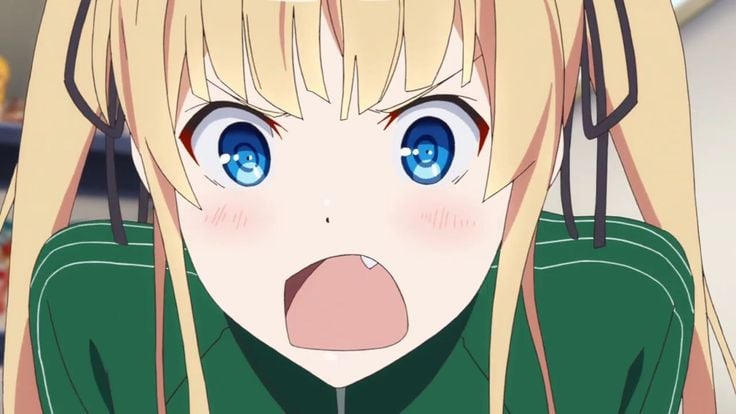Japan can be an expensive place to live, but it can also be an expensive place to die, as well. In a crowded country like Japan, it can be very difficult to purchase a burial plot and gravestone for your future resting place, especially in the cities where population is concentrated. Many people are eager to find rest in famous places, and the most popular burial sites have been transformed into “brand graveyards” which fetch incredibly high prices, like Aoyama Reien, a graveyard dating back from the Edo Period which will set you back an incredible $1.1 million for an average-sized family plot — but since there are 61 applicants for every available space, good luck getting in. There are even “grave mansions” or buildings that are basically multi-level apartments for the dead (the word mansion has come to mean a high-rise apartment in Japanese). When it comes time for haka-mairi, or making a visit to your family grave, you press a button and the box storing your family’s remains and gravestone is delivered by a computer-controlled hydraulic system.
Graves work a little differently than they do in the U.S., too. For one thing, a grave is really part of a household, and there’s only one for the whole family. When a woman gets married and comes to live with her husband, she’s erased from her father’s family register and moved to her husband’s. When she dies, she’ll be buried in her new family’s grave (unless she gets divorced), and a famous if old-fashioned way to propose to a woman is to say “Let’s be buried in the same grave together” (onaji ohaka ni hairimasho). Part of the complex system of customs that kick in when a person dies involves cremation, and in each city there is a municipal crematorium to handle this important job. When a person’s body is cremated, it’s common to include items that were important to the person, such as a beloved book, photographs of loved ones or his favorite brand of cigarettes, so that the ashes are mingled together; some items, such as golf clubs, can’t be cremated because they give off dioxin when burned. After the cremation, the bones are removed using long chopsticks by family members and placed in a special box, with the nodo-botoke or Buddha-of-the-throat, the Adam’s Apple, removed last. Recently, the graves of famous people are being outfitted with strong locks to foil thieves who seek to steal the bones or ashes of their favorite celebreties. Yasu’s family grave has had pieces chipped off — because his grandfather fought in World War II and came back safe, his grave is considered to be lucky, so people chip off pieces so they can take some of the good luck with them.
When you learn a language, some things are hard and others are easy. To study Spanish or French, for example, I’d have to deal with feminine and masculine nouns, which may be difficult for English speakers. Poor Japanese have to memorize the names of the twelve months in English, but in Japanese, the months are very easy to learn: just use the number (ichi, ni, san) and the character for moon (gatsu). The Japanese get their revenge for this linguistic ineqality though: in English, we use the simple words “wear” or “put on” for clothes and other items, but the Japanese have several different words for this concept. For anything going on your legs or feet (shoes, pants, etc.) the verb for to wear is haku. For shirts or dresses, the verb is kiru (the “ki” from this verb is part of the word kimono, which really just means “thing that you wear”). Put something on your hands, like a ring or gloves, and you use suru (which means “to do”), and anything worn on the head is kaburu. Gaijin invariably get these words wrong, to the quiet amusement of everyone around us.















